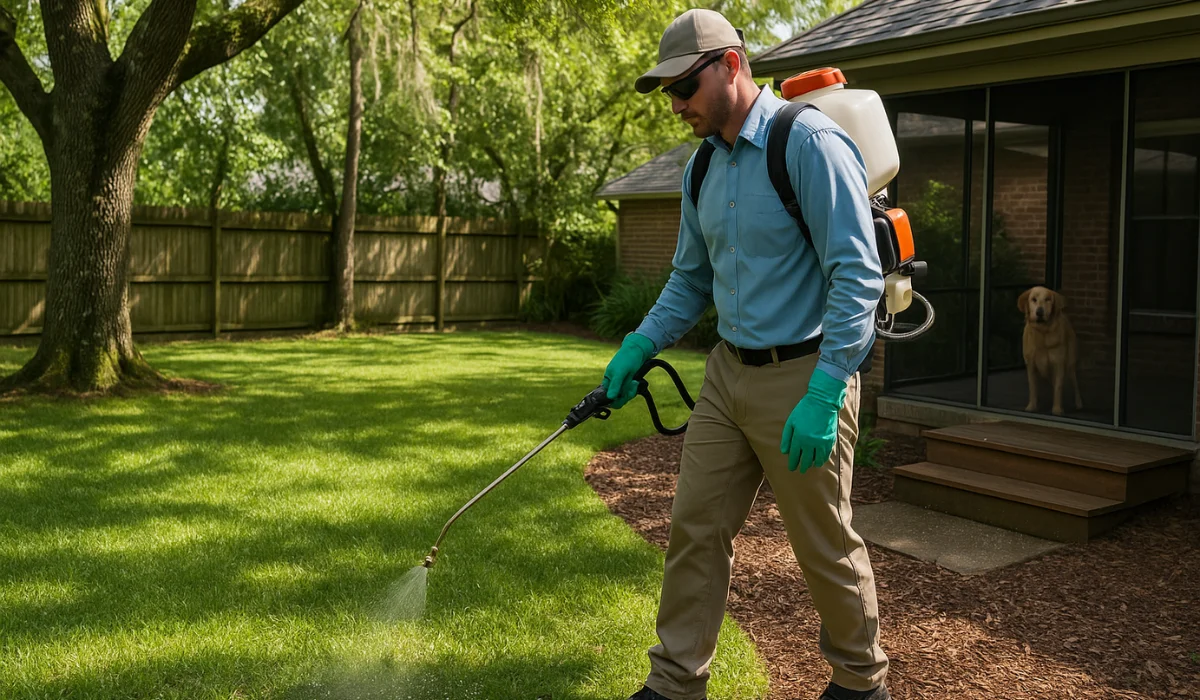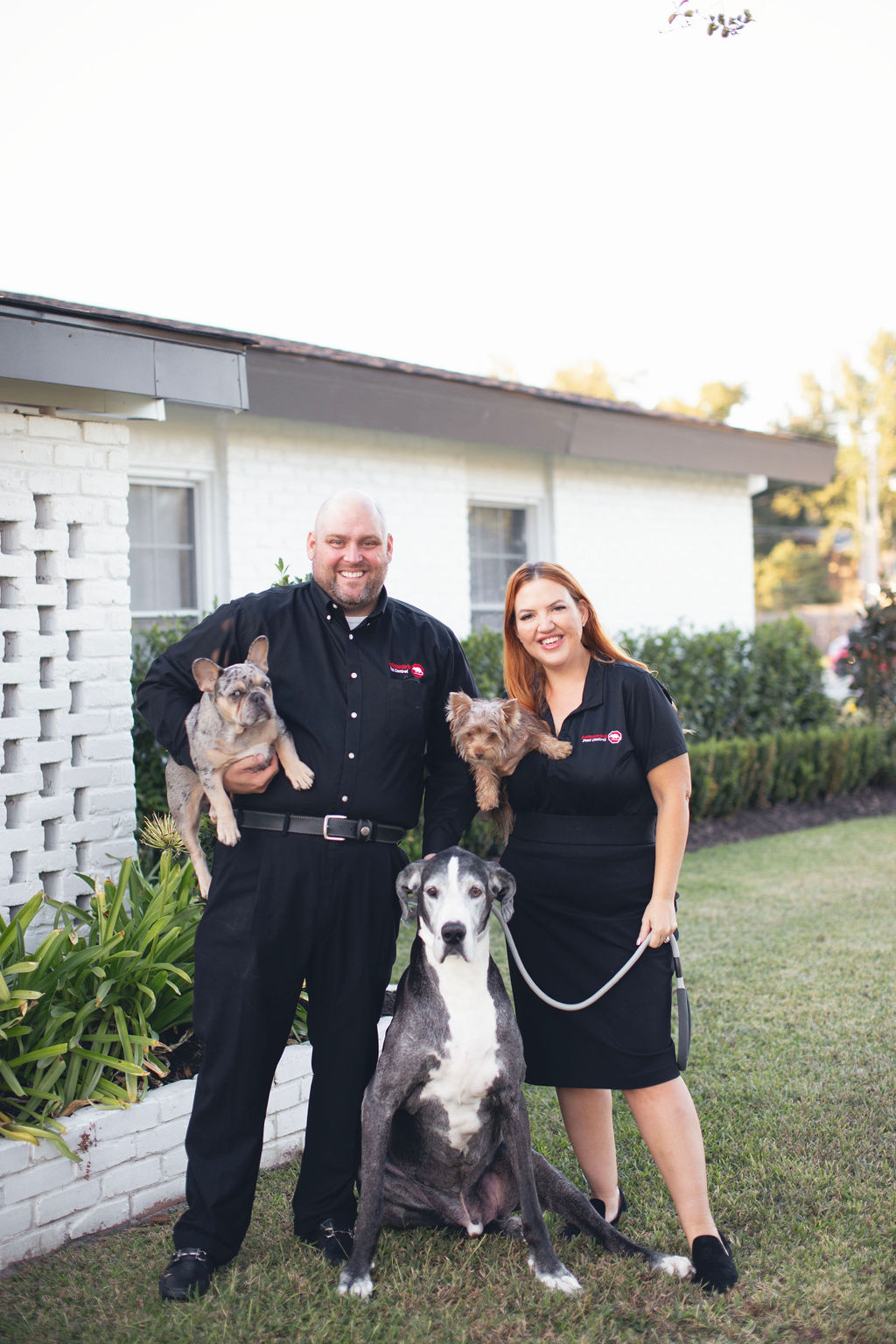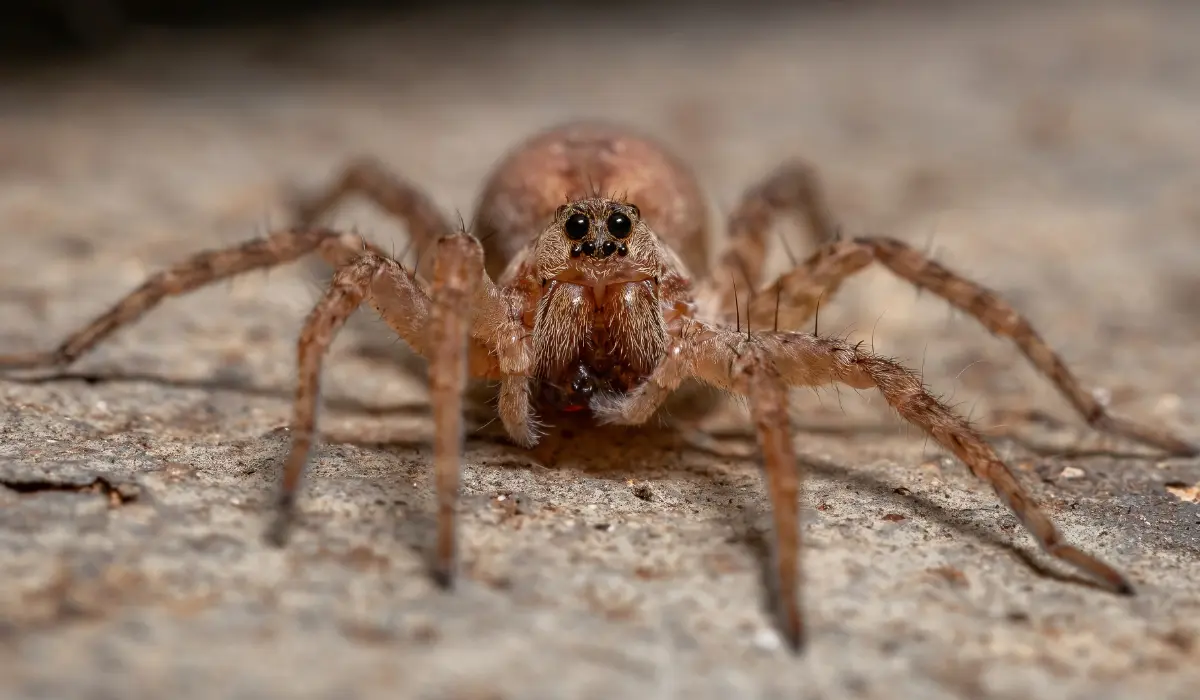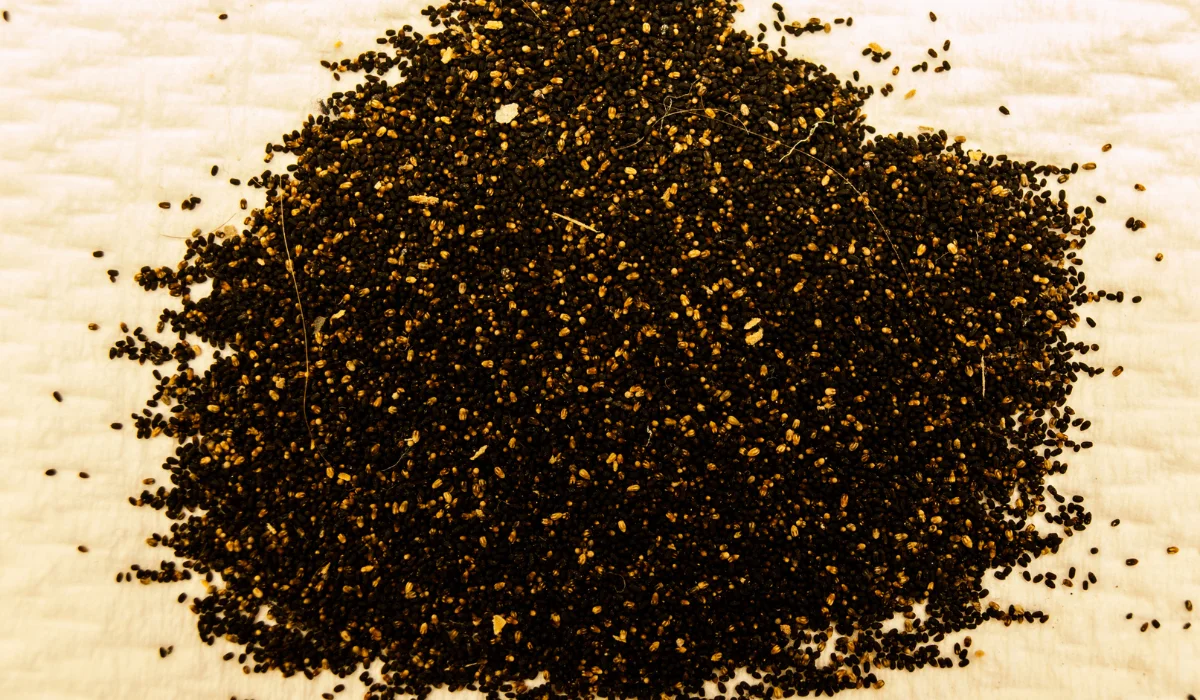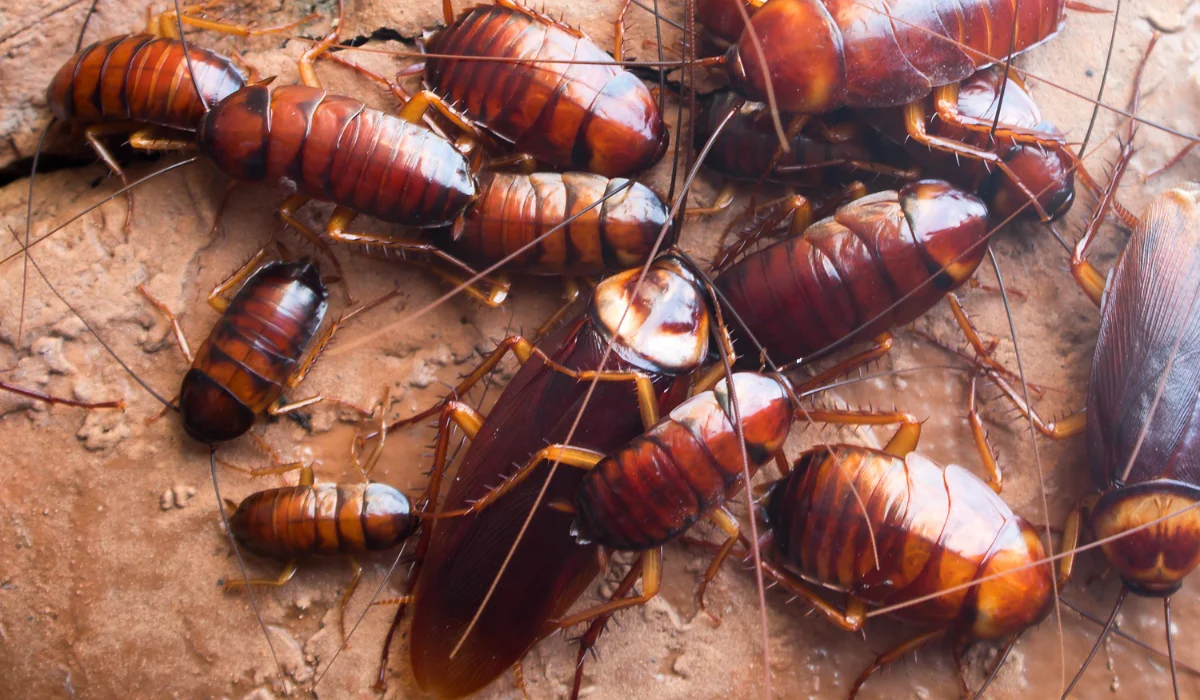Fleas aren’t just an indoor issue. In Southern Louisiana, where the climate stays warm and humid for most of the year, fleas thrive outdoors, especially on your lawn.
If your pets spend time outside and come back scratching or if you’ve noticed bites on your ankles, your yard could be the source of the problem.
Here’s how to tackle a flea infestation right in your backyard and what makes professional flea control more effective than DIY solutions.
Key Takeaways
• Fleas thrive in shady, humid areas, especially in yards with pets, raccoons, or other wildlife.
• Treating both your lawn and indoor areas offers the most effective flea control.
• Flea treatments are most effective when used in conjunction with regular lawn maintenance and pet care.
• Professional flea control services can eliminate every stage of the flea life cycle and help prevent reinfestation.
Why Fleas Love Louisiana Lawns
Louisiana’s year-round warmth creates the perfect environment for fleas. They tend to gather in shady, moist areas, such as under porches, around trees, and along fence lines.
Wild animals like raccoons and stray cats can bring fleas onto your property, and once they’re in the yard, it doesn’t take long before your pets or even your family bring them inside.
Flea eggs, larvae, and adult fleas can live undisturbed in your lawn for weeks. And because fleas reproduce rapidly, one female can lay dozens of eggs daily; a minor flea problem can quickly turn into a full-blown infestation.
How to Know If Your Yard Has Fleas
One of the most obvious signs is increased scratching from your pets after they’ve been outside. You may also find flea dirt on their bedding or notice small black specks in shaded outdoor areas. If you’ve been getting itchy red bites, especially around your ankles, chances are fleas are present.
Wildlife activity is another clue. If raccoons, opossums, or strays frequent your yard, they may be leaving behind flea eggs that hatch in your lawn.
The Best Lawn Treatments for Fleas
Effective flea control involves selecting the right treatments and applying them correctly. Granules, when spread across the lawn and activated with moisture, offer lasting protection by targeting flea larvae hiding in the soil. These granules are ideal for treating large areas.
Liquid sprays, applied using backpack foggers, are particularly effective in hard-to-reach areas, such as under decks or around shrubs. They quickly knock down active flea populations and work best after mowing and before rain.
At LaJaunie’s Pest Control, we utilize both methods to treat areas of up to half an acre per service. For larger yards, we offer expanded coverage as needed.
Why Fleas Keep Coming Back
Many homeowners attempt to use over-the-counter flea sprays or yard powders, only to find that fleas reappear days later. That’s because most DIY products don’t eliminate all life stages of fleas, including flea eggs and larvae. Without interrupting the life cycle, you won’t truly get rid of fleas.
A complete professional service tackles every phase, especially the early ones, so new fleas don’t have a chance to develop.
What Makes Professional Treatment More Effective
Our team doesn’t just spray and leave. We begin with a thorough inspection of your yard and home to identify problem areas. Then, we apply a combination of granular and liquid flea treatments. If fleas are already inside your home, we treat baseboards, pet bedding areas, and even furniture to catch any adults or larvae hiding out.
We also advise pet owners to treat their animals the same day and clean their bedding with hot water. Don’t forget to replace the vacuum bag afterward. Otherwise, you could reintroduce the fleas you just removed.
We include a complimentary two-week follow-up to ensure everything remains stable after the initial treatment. This approach is essential to keep your home and lawn truly pest-free.
Stay Ahead With Flea Prevention
The key to keeping fleas out in the long term is prevention. That starts with routine lawn care, keeping the grass trimmed short, and removing leaves or debris. Your pets should also stay on a flea prevention plan approved by your vet.
Indoors, vacuuming at least three days in a row after treatment helps remove lingering eggs. Be sure to dispose of the vacuum bag each time. If possible, limit your pet’s access to heavily shaded or mulched areas where fleas are likely to return.
Combining these efforts gives you the best chance of maintaining a flea-free yard and home.
Ready to Get Rid of Fleas in Your Yard?
When fleas are biting your pets or your family, it’s hard to relax outdoors. Our team at LaJaunie’s Pest Control knows how to handle flea problems in Baton Rouge, New Orleans, and throughout Southeastern Louisiana. We use treatment plans that are effective, safe, and backed by our satisfaction guarantee.
Call today for a free quote and let us help you reclaim your lawn and your peace of mind.
FAQs
What’s the most common flea in Louisiana?
The cat flea is the most common species here. It bites cats, dogs, and humans alike and is responsible for most flea infestations in Louisiana yards.
How dangerous are flea bites?
Flea bites may seem minor, but they pose real health risks. Some people and pets are allergic to flea saliva, and fleas can transmit parasites, such as tapeworms. Heavy infestations can even cause anemia in small pets.
Can I treat the yard myself?
DIY flea treatments might knock out a few adults, but they rarely affect larvae or flea eggs. Without professional support, the problem typically recurs.
How much does it cost to treat my lawn for fleas?
At LaJaunie’s, outdoor flea control starts at $199, and we offer combo indoor-outdoor treatments at a discounted rate. Each service includes a free quote, so you know exactly what you’re getting before we begin.
 By: LaJaunie's Pest Control
By: LaJaunie's Pest Control 